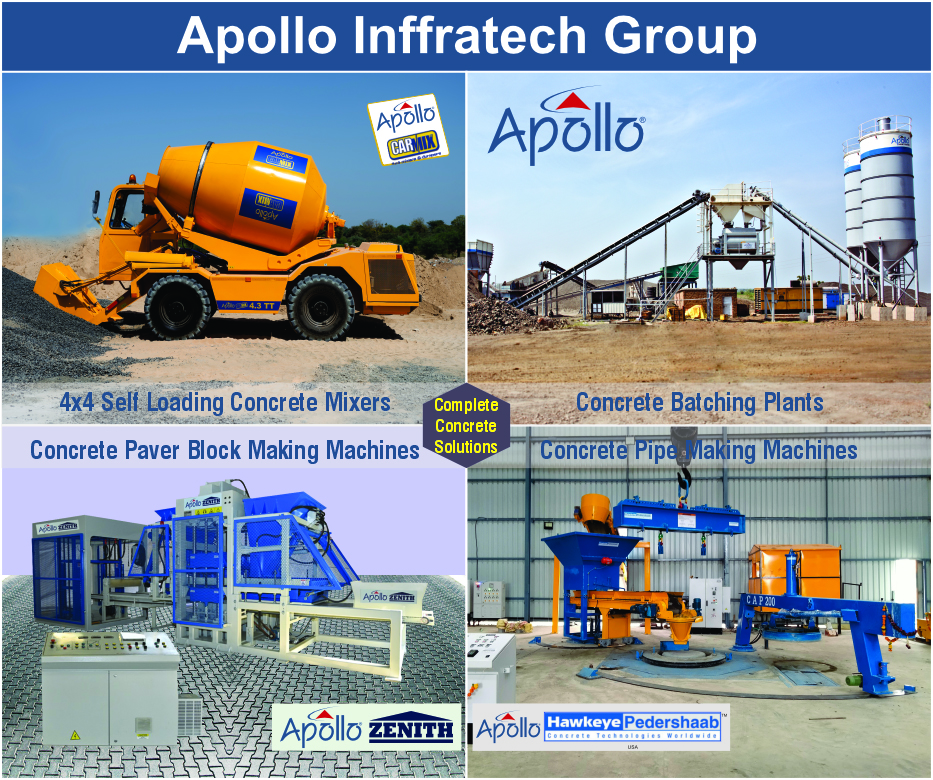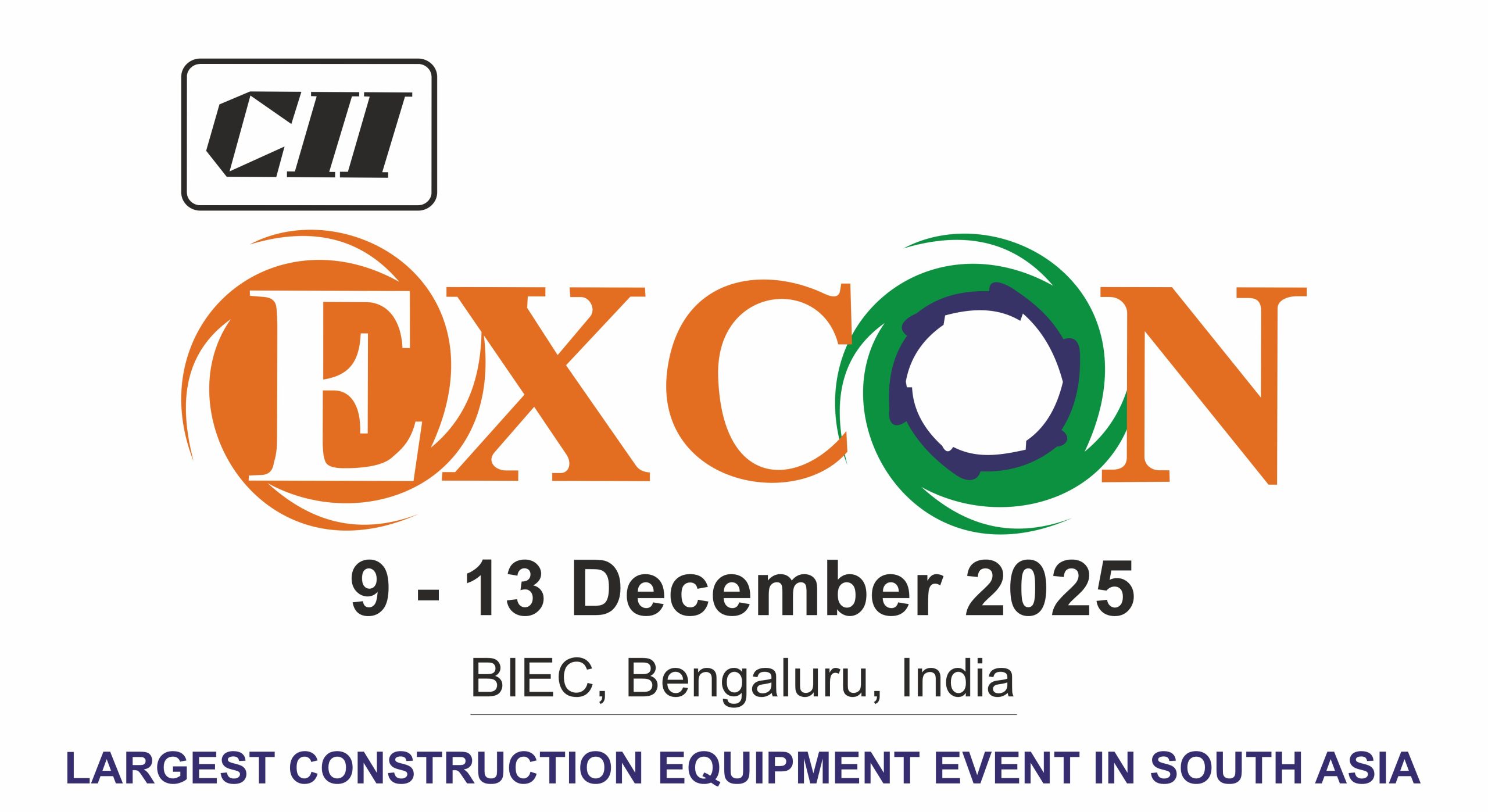The global heavy construction equipment market is poised for substantial growth over the next several years. Forecasts vary slightly across analysts, but consensus places the market value increasing from approximately USD 204–224 billion in 2023–2025 to USD 273–316 billion by 2030, with compound annual growth rates (CAGRs) ranging from 4.4% to 5.2%.
Driving forces behind this boom include rapid urbanization, expansive infrastructure investments—especially in developing Asia—and robust demand from mining and construction sectors . Within the sector, earthmoving equipment (e.g., excavators, bulldozers, loaders) commands over 40% market share and remains a key growth segment.
Major market players such as Caterpillar (USA) and Komatsu (Japan) continue to lead, bolstered by rising adoption of electric and hybrid machinery featuring LFP battery technology, along with advances in telematics, autonomous systems, and digital services. For instance, Caterpillar maintains a robust backlog (approx. USD 35 billion) and anticipates stable North American demand despite tariff-related cost headwinds. Meanwhile, Komatsu’s fiscal 2024 net sales rose ~6%, and the company recently shifted focus to supply chain flexibility amid trade uncertainties and expanded its U.S. production footprint.
With governments globally prioritizing smart infrastructure and sustainability, and with electrification trends gaining momentum, the heavy construction equipment industry is entering a phase of dynamic growth—anchored by innovation and resilient demand.










